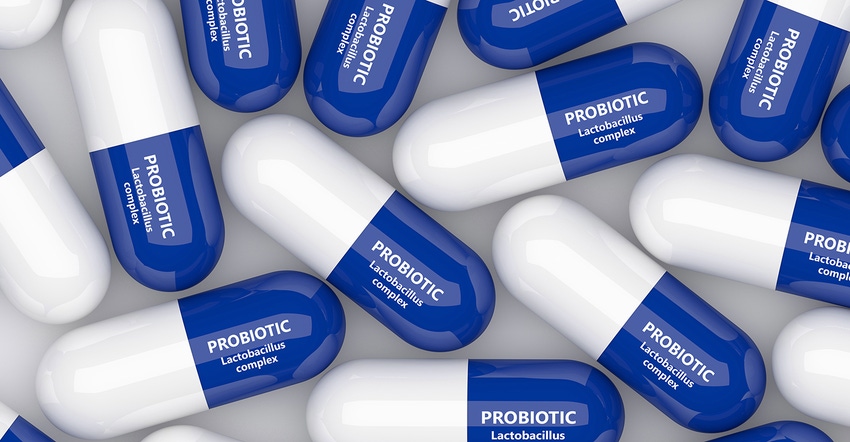The probiotic market is guided by new research and diverse product trends.
December 3, 2019

The probiotic supplement market might not be leading the natural products pack, but the category is still seeing a fair amount of activity. According to Statista, the estimated value of the probiotics market will hit $US56.6 billion in 2020 and $69.3 billion in 2023. With continued advancements in taxonomy and delivery innovation, the probiotic market is still ripe (so to speak) for the picking.
Taxonomy and you
Probiotics, and how the scientific community has come to understand them, can drastically change from one moment to the next. A big driver for that change surrounds taxonomy or the classification of organisms. For instance, new genetic sequencing has resulted in a huge uptick in the number of probiotic species classified under the Lactobacillus genus, leading experts to reclassify many strains into a new genus. This change can result in some market confusion surrounding the classification and characteristics of numerous probiotics.
Times they are a changing
Long gone are the days when consumers relied on probiotics solely for digestive support. The gut-brain axis isn’t just a buzzword in the industry anymore. In fact, probiotic products are being researched for many different areas of consumer need, including mental and heart health. As 2019 unfolds into 2020, it’s feasible that probiotics will start to cross more barriers and gain greater applicability in the wider health and nutrition market.
Variety is the spice of life
Yogurt is still a popular delivery form for probiotics, but innovation is the rule, not the exception, for natural products. Probiotic delivery is continuing to trend along with the greater natural products space, i.e., functional foods and beverages. Delivery methods like kefir, kimchi, chips and chocolates are starting to line mainstream retail shelves with greater regularity.
Innovation and growth in the probiotic space is here to stay, but consumers are looking for new ways to get their probiotics, and they are open to claims about new health benefits. Brands just need to ensure the strains are backed by science, and a formulation allows for viability through the end of shelf life.
For more information on the latest research and trends in the probiotic space, check out the "Next steps for probiotics" digital magazine.
About the Author(s)
You May Also Like






.png?width=800&auto=webp&quality=80&disable=upscale)